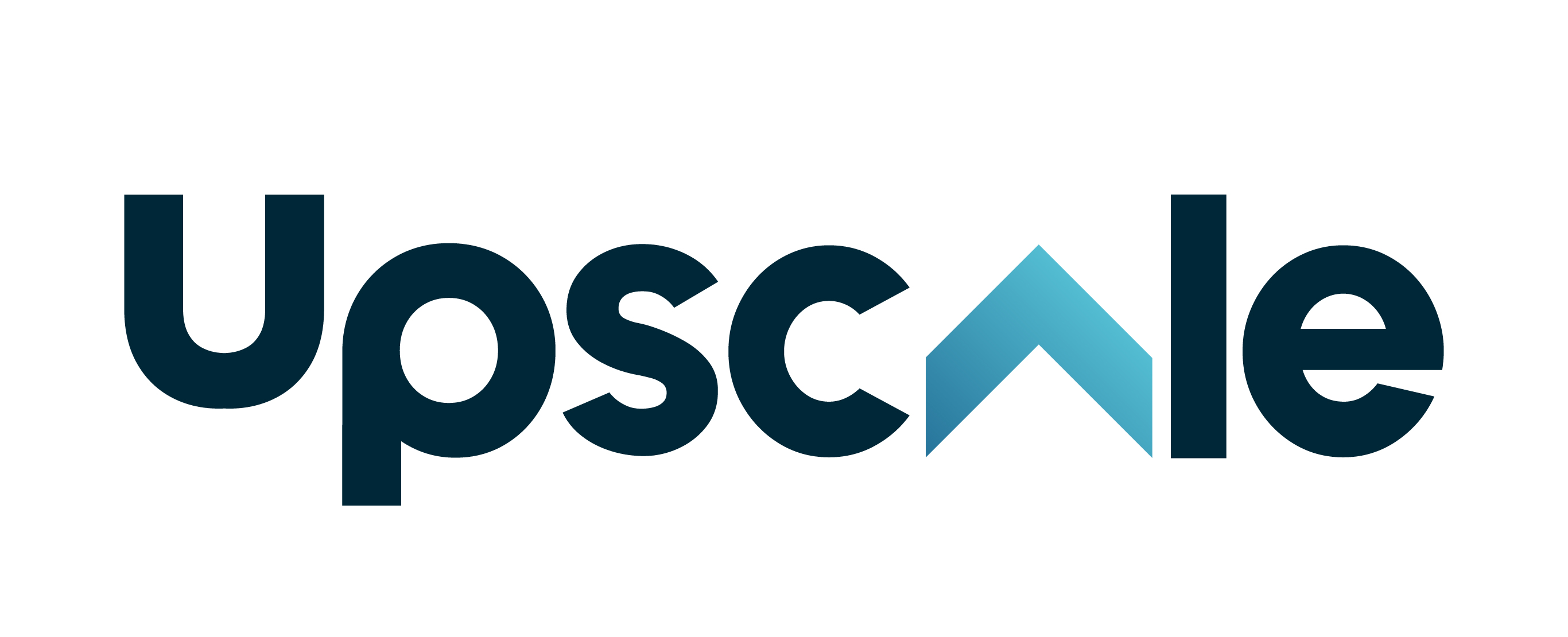The Role of HR in Promoting Diversity and Inclusion in the Workplace
Mon, 11 Dec 2023

You're aware diversity and inclusion matter, but how can you, as an HR professional, make a difference?
Diversity and inclusion have become hot topics in the workplace, with companies recognising the importance of creating a diverse and inclusive environment.
But how exactly does HR play a role in promoting diversity and inclusion? The answer lies in the power of HR to shape policies, practices, and organisational culture.
It's not just about recruitment. It's about fostering a culture that values every individual's unique contribution.
It's time to turn your workplace into an environment where everyone feels valued and included.
Get ready to become the change agent your organisation needs, so read on!
Understanding Diversity and Inclusion
Before you can fully leverage the benefits, you must first understand that diversity and inclusion involve more than just meeting a certain quota in your workforce.
Diversity and inclusion are about fostering a culture where every individual, regardless of their age, race, gender, or sexual orientation, feels valued, heard, and respected.
Think of your workforce as a vibrant tapestry, each thread representing a unique perspective. It's these varied perspectives that can spark innovation, boost productivity, and drive growth. But you won't achieve this by simply hiring a diverse workforce. You've got to cultivate an inclusive environment where everyone feels they belong.
When it comes to the Malaysian context, Malaysian companies prioritise diversity in gender (47%), followed by age (40%), and then minority ethnic groups (25%).
Remember, inclusion isn't a passive process. It requires active efforts to ensure everyone's voice is heard and their contributions are valued. It's about ensuring everyone has equal opportunities to rise and succeed.
You might say, 'That's a tall order.'
Yes, it is.
But it's an order that can yield incredible results for your organisation.
When you embrace diversity and inclusion, you're not just ticking a box. You're paving the way for a stronger, more innovative, and more successful organisation.
HR's Role in Diversity Initiatives
So, how does HR fit into these diversity initiatives?
Well, HR professionals play a crucial role in fostering a culture of diversity and inclusion in the workplace.
They're the ones who set the tone for acceptance and understanding, ensuring that all employees feel valued and respected, regardless of their backgrounds.
Based on the data from GlassDoor, a significant percentage of job seekers (76%) consider workplace diversity to be a crucial consideration when evaluating employment opportunities. Additionally, over 50% of existing employees express a desire for their workplace to take further steps in promoting diversity.
HR's responsibility doesn't end with setting the tone, though. They're also in charge of developing and implementing diversity policies. They ensure that hiring practices are unbiased and that the workforce represents a wide range of perspectives.
They provide diversity training to employees, helping them to understand and appreciate differences. HR also handles discrimination complaints, ensuring they're addressed promptly and appropriately.
But it's not just about meeting quotas or avoiding lawsuits. It's much more than that.
A diverse workforce is a strong workforce. It brings on a broader range of experiences, ideas, and perspectives, leading to more creativity and innovation. It helps companies better understand and serve their diverse customer base.
And most importantly, it creates a workplace environment where everyone feels valued and included.
Strategies for Inclusive Recruitment
In your journey towards fostering a diverse and inclusive workplace, one of the first steps you'll need to take is refining your recruitment strategies. It's not enough to simply state that you value diversity; you must actively seek it out.
Start by broadening your sourcing methods. Don't limit yourself to the same old resources. Seek out job fairs, online platforms, and organisations that cater to diverse populations. The wider the net, the more diverse the pool of applicants.
Secondly, scrutinise your job descriptions. It's easy to include language that alienates potential candidates inadvertently. Be mindful of the words you use and how they might be perceived.
It's also vital to conduct bias-free interviews. Consider implementing structured interviews to ensure each candidate is evaluated relatively. Your interview panel should also reflect the diversity you wish to achieve.
Finally, remember, inclusion doesn't stop at recruitment. Once diverse candidates are hired, ensure they feel valued and included.
These strategies aren't just right; they're smart. Studies show that diverse teams are more innovative and profitable. So, refine your recruitment strategies and watch your organisation thrive.
Promoting Inclusion Through Training
After refining your recruitment strategies, focus on inclusion through consistent and comprehensive diversity training.
It's not enough to have a diverse workforce; you must ensure every employee feels valued, respected, and included.
Training is crucial in fostering this inclusive environment. Regular workshops or seminars can equip your team with the knowledge and skills to understand, respect, and appreciate the differences among colleagues.
You'll promote a culture where every voice is heard, where unique perspectives are valued, and where everyone can contribute their best work.
But remember, training isn't a one-time event. It's an ongoing process.
Therefore, there's no one-size-fits-all approach to diversity training. So, do what works best for your organisation.
Measuring Diversity and Inclusion Success
While you're making strides in promoting diversity and inclusion, don't forget to measure the success of your efforts to ensure they're making a real impact. Quantifying progress not only validates your initiatives but also helps identify areas needing improvement.
Begin with setting clear, quantifiable goals. This could be a percentage increase in diverse hires or improvements in employee engagement scores amongst diverse groups. Use surveys, focus groups, and employee feedback to gauge the inclusive climate of your organisation.
Next, track these metrics over time. Are you seeing a positive trend?
If not, it's time to reassess and adjust your strategies. Remember, progress might be slow, but that's not necessarily a cause for concern. Change takes time.
Finally, don't just focus on the numbers. Look at the qualitative aspects, too. Are your employees feeling more comfortable, respected, and valued? Are they freely expressing their ideas and opinions? These are subtle yet powerful indicators of a truly inclusive culture.
Recap
So, you see, HR plays a pivotal role in fostering workplace diversity and inclusion.
Don't underestimate the power of a diverse and inclusive workforce. It's not just a 'nice to have'; it's a must-have for any forward-thinking organisation.
Make diversity and inclusion a priority today with Upscale!
Our talent pool of diverse professionals is growing every day, enabling your team to make a lasting impact on your organisation's culture.
Contact us today at upscale.my to learn more about how Upscale can help you promote diversity and inclusion in the workplace.
<!--EndFragment-->